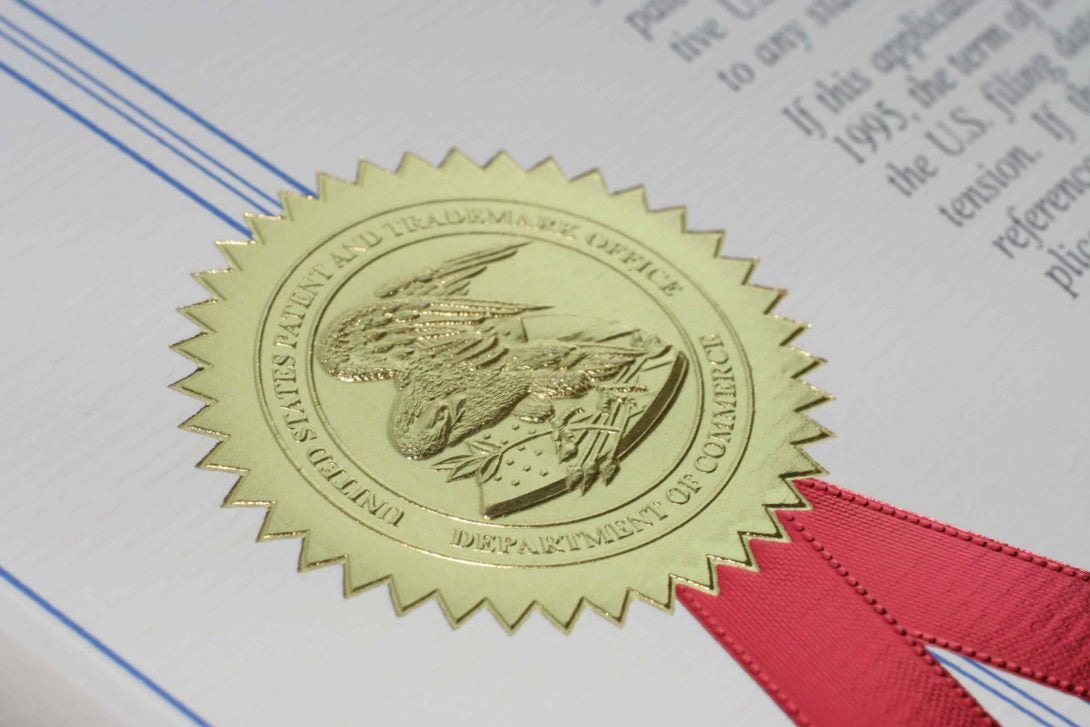Patents Article 4: Do You Need to Apply for a U.S.A. Patent or a European Patent?

Patent Cooperation Treaty (PCT) patent applications allow inventors to obtain patent protection through international terms. It’s important to note the PCT applications are pending for a short time only: 30 months. During that time frame, the PCT must be validated by the inventor within each country that protection is sought. This validation can include translation services and national filing fees.1The 30-month time frame allows applicants to determine commercialization plans in foreign markets and evaluate the patentability.2
It should be noted that filing for patent protection in all sovereign countries is, in general, cost-prohibitive and unnecessary. The tech managers and patent coordinators at OTM are experienced in crafting patenting strategies that maximize the commercialization potential of a technology while keeping down patenting costs.
Genetic Patents & Genetically Modified Organisms
There is much controversy surrounding the patenting of genetic material and organisms, and the USPTO and European Patent Office (EPO) have different rules for what is considered patentable. In the United States, gene patents are granted on isolated gene sequences with known functions, but the patents are inapplicable to natural occurrences in the genome of any living artifact. The EPO allows patents for natural biological products if they are isolated or are manufactured. The EPO does not allow patents for inventions that involve destruction of human embryos.
1: https://www.uspto.gov/patents-getting-started/international-protection/office-policy-and-international-affairs-patent
2: http://www.epo.org/applying/national.html